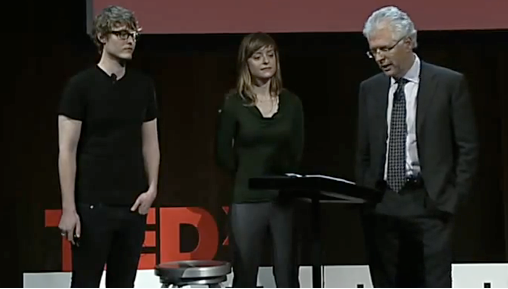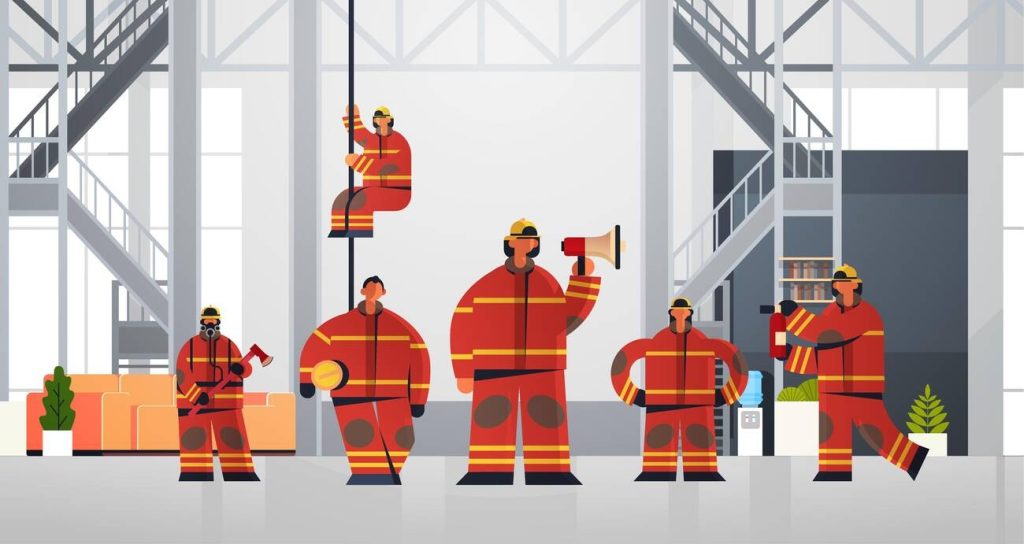2012
There’s a new kid on the thorium block.Meet Transatomic Power, an MIT-connected fledgling that’s designing a thorium molten salt reactor by combining nuclear expertise with Silicon Valley style start-up panache.Unlike the conventional solid-fuel reactors used in almost all of the world’s commercial nuclear power plants, molten salt reactors deploy a liquid fuel, auguring a wealth of safety and operating improvements.Transatomic is the latest company to publicize its MSR intentions. Richard Martin introduced Transatomic to the world yesterday in a Forbes website article. As many Weinberg followers will know, Rick is the author of the thorium homage SuperFuel.
First, to set the record straight: Transatomic is indeed working with thorium schemes. But as Martin notes, the company is “fuel-agnostic,” and is also making room for uranium. It reminds me a bit of Ottawa Valley Research, David LeBlanc’s Canadian project that is developing an MSR with either fuel in mind.Now, let’s get on to something less on the technical side, and more with a marketing slant. Transatomic is slapping a stellar name onto its reactor, calling it the “Waste Annihilating Molten Salt Reactor.” That’s a WAMSR to you fans of acronyms.
Not bad – it has a certain punch as far as acronyms go.WHAT A WASTEBut more importantly, the WAMSR is intended to do as it says on the tin – get rid of nuclear waste by burning it in a power generating reaction. One of the top public objections to nuclear power is, to quote the masses, “yeah, but what do you do with the waste?” Transatomic provides a ready made, in your face answer with its product moniker.The tiny company is by no means the first to propose using spent fuel from other reactors as fuel, but putting the idea right there on the label is a stroke of enlightened branding. Granted, some people might run from the scary word “annihilating.” But most won’t.
Technology like this could one day make the U.S. forget it ever bitterly debated whether to use Yucca Mountain as a waste repository.This sort of user friendliness, if I can call it that, reflects a youthful business acumen at Transatomic that is as much Google as it is Oak Ridge. (Disclaimer: I say this without having actually met the company. But I like what I see so far).Transatomic is in part the brainchild of a couple of youngsters – MIT PhD students Leslie Dewan and Mark Massie. The kids themselves bring a refreshing accessibility to the technology.
Watch Dewan in action at a TED conference late last year in a video on Transatomic’s website, (she’s about 6 minutes in) and you might think you were witnessing a lively presentation for a popular mobile phone app. About 13 minutes into the same clip, Massie looks and speaks as if he just invented Twitter – while conveying the usefulness of nuclear waste.
THE ADULTS ARE HERE TOO
Like Sergey Brin and Larry Page of Google who eventually brought in technology industry veteran Eric Schmidt to run the shop, Dewan and Massie have hooked up with a seasoned business person.
Co-founder and CEO Russell Wilcox is the former CEO of E Ink, the company that helped commercialize electronic displays used in e-readers like the Amazon Kindle, according to Transatomic’s website.The company’s advisory board includes Dr. Richard Lester (he’s the grey hair in the video), head of the department of nuclear science and engineering at MIT, where he is also the “Japan Steel Industry Professor.” A tangential observation, but I like the implied connection to steel – it makes me imagine one of these waste annihilators forcing heat into a blast furnace, replacing the CO2 belching processes used today.
Other experienced advisors: MSR veteran and Oak Ridge National laboratory senior program manager in nuclear technology Dr. Jess Gehin; and MIT assistant professor Dr. Benoit Forget.Transatomic hopes to build a prototype reactor in five years and to have live, commercial WAMSRs operating by 2030 via licensing agreements to nuclear plant operators, Martin reports. The company’s website says it is planning a small, or “modular” 200 megawatt size for electricity production.
TALKING THE TALK
The new technology could help enliven a nuclear industry that is still recovering following the Fukushima meltdowns last year. Not only could the WAMSR burn waste, but like other molten salt reactors it could potentially operate more safely than conventional designs, in part by allowing its liquid fuel to drain harmlessly into a tub in the event of an emergency. MSRs can also operate at normal atmospheric pressure rather than under potentially dangerous high pressure.
Transatomic’s website also points to reduced levels of radioactive waste, and to operating effiencies that are much higher than conventional solid fuel, water cooled reactors.“The nuclear industry knows it’s in trouble, it’s not quite sure what to do, and it’s just trying to survive for the moment, “ Wilcox tells Martin. “It’s a fabulous time to do a leapfrog move.”





